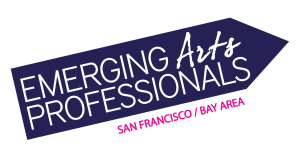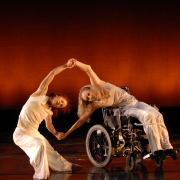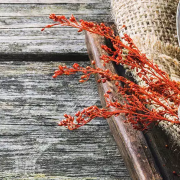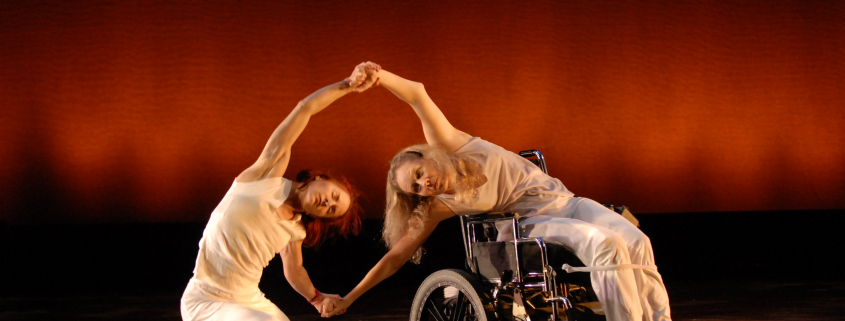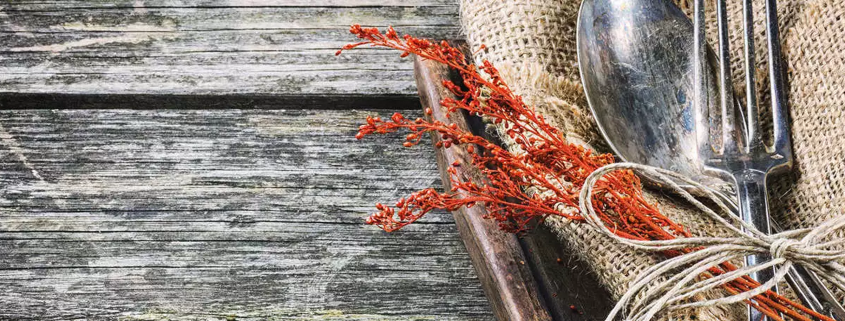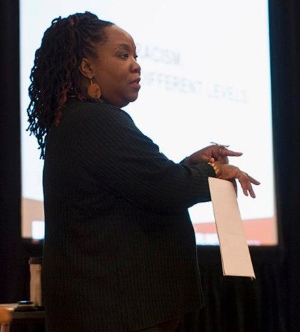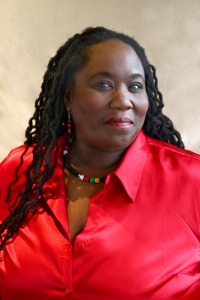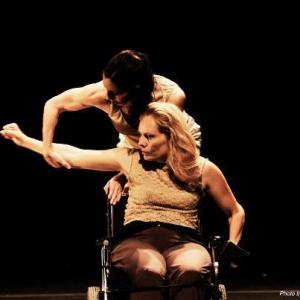 Judith Smith is the Artistic Director and Founding Member of AXIS Dance Company. Prior to becoming disabled in a car accident at age 17 in 1977, Judith was a champion equestrian. She transferred her passion for riding to dance after discovering contact improvisation in 1983. Under her direction AXIS has become one of the world’s most acclaimed ensembles of performers with and without disabilities. The repertory includes works by choreographers Bill T. Jones, Stephen Petronio, Yvonne Rainer, Joe Goode, Margaret Jenkins, Shinichi Iova-Koga, Victoria Marks, Ann Carlson, Remy Charlip, David Dorfman, Alex Ketley, Kate Weare and composers Meredith Monk, Joan Jeanrenaud, Fred Frith and Beth Custer and has received seven Isadora Duncan Dance Awards.
Judith Smith is the Artistic Director and Founding Member of AXIS Dance Company. Prior to becoming disabled in a car accident at age 17 in 1977, Judith was a champion equestrian. She transferred her passion for riding to dance after discovering contact improvisation in 1983. Under her direction AXIS has become one of the world’s most acclaimed ensembles of performers with and without disabilities. The repertory includes works by choreographers Bill T. Jones, Stephen Petronio, Yvonne Rainer, Joe Goode, Margaret Jenkins, Shinichi Iova-Koga, Victoria Marks, Ann Carlson, Remy Charlip, David Dorfman, Alex Ketley, Kate Weare and composers Meredith Monk, Joan Jeanrenaud, Fred Frith and Beth Custer and has received seven Isadora Duncan Dance Awards.
AXIS has toured throughout the nation, Europe and Russia and has been featured twice on FOX TV’s So You Think You Can Dance, bringing its genre of dance into literally millions of people’s living rooms. AXIS has been named a top 10 high-impact arts nonprofits in the Bay Area by Philanthropedia. The Company’s model education programs that offer a myriad of events for adults and youth of all abilities are highly regarded. AXIS is the primary organization that provides pre-professional training to aspiring dancers with disabilities. Judith was honored with an Isadora Duncan Dance Award for Sustained Achievement in 2014. In her spare time Judith is actively involved in thoroughbred racehorse rescue and carriage driving with her team of Percheron horses.
Judith was interviewed by Alex Randall, who currently works for BloomBoard, an education technology company, and was a 2013-14 EAP Fellow.
AR: What does being Artistic Director at AXIS encompass for you right now? What, what are your main responsibilities?
JS: Well, it’s changing. Up until this last year, I’ve been basically the Executive Director and the Artistic Director. So, my responsibilities have been fairly enormous and probably way too enormous. I now have a Managing Director who is as much or more responsible for some of the stuff that I was doing. At this point, I’ve been in this field of physically integrated contemporary dance for 27 years. I’ve seen the field grow and develop, and I would really like to be able to focus my energy on moving AXIS forward and moving the field forward and doing less of the everyday management.
Up until last year, almost everything was on me. I was the one responsible for developing the budgets, checking the books, and making sure things are getting entered right. Doing the HR, dealing with the visas, dealing with the contracts for consultants and finding the choreographers and dancers. It was mind-boggling, and now that I don’t have to do all of that, I kind of wonder how the hell I did all of that.
AR: Are there aspects of being an executive director that you’ve held onto because you really liked it?
JS: The things that I am focusing on are developing the artistic projects and grant language that goes around with those. And I definitely have to keep aware of the budget and finances, but it’s not on me to do it all. I don’t enjoy HR, and I don’t really enjoy that nitty-gritty management, so it’s nice to be able to let go of that. It’s nice to have someone else’s mind and voice and ideas on the development aspect and the communications aspect.
AR: Are there aspect of your work that serve as creative outlets similar to what performing has served for you in the past?
JS: Well, I actually love Excel spreadsheets, and I love developing budgets. I love getting really precise. I laugh because, this year, Karl and I only had four revisions of our operating budget, and usually, I have 14.
There can be a lot of creativity in how you budget, how you move money around, when you reforecast, and how you then again reallocate money. I also love the creativity of getting on the Internet and scouting for dancers and collaborators, finding out about somebody and figuring out where they really are.
AR: Do you feel like the shift you’re making right now is getting you closer to your dream job? Are you in it already?
JS: Well, definitely my dream job here, where I feel like I’m able to do things that I’m more effective at and not having to do things that I’m less effective at. My passion, from the time I had any concept of what anything was, was horses. So, if anybody ever asks me about my dream job, it would have been what I would have been doing had I not been disabled — showing jumping horses. You know, that’s just always there, but in terms of, you know, living my life as a disabled woman and a disabled lesbian, being in the arts and being in dance has been a great place to be.
I did get really burned out, to the point of fizzling over the last couple of years. Now, with this restructuring and the possibility of utilizing myself and my knowledge better, it’s resparked me and reinspired me, because there’s just so much that’s not done yet. And I still have a bucket list — we still have to get to ADF, there are a couple of choreographers that I still want to bring back, and there are a couple that we haven’t worked with yet.
AR: Are there people who have inspired you and kept you going along the way?
JS: Well, John Killacky has been a tremendous mentor to me. Victoria Marks, who is a choreographer, is just very smart. Sonya Delwaide — she was one of the first choreographers we commissioned, and she has done six or seven or eight pieces for us at this point, and she is also just really smart. KT Nelson — I bounce ideas off of her all of the time. Our bookkeeper, David Gluck, is somebody I rely on a lot. I think Bill T. Jones probably changed my life a little bit and really encouraged us to think about casting our net widely. This profession is so full of brilliant minds, really smart people who are really, really dedicated. It is nice to be a part of that.
AR: So, looking back, if you were to go back in time and give younger Judy, starting out with AXIS and realizing that you were going to be leading this organization, a piece or two of advice, what would they be?
JS: Run! Run! Run! Fast in the opposite direction. [laughs] Well, I will say that there were some mistakes I made starting out. I had really wanted this company to be co-directed. I did not make a great choice, and it took a few years to fix that problem because we didn’t have any of our organizational nuts and bolts. Like I said, we didn’t have an organizational chart. We didn’t have a job description. So, what I would tell that kid back then…I wish I had been able to be a little bit more direct and sterner when I needed to be and to find people sooner who could help me deal with problems.
I think you have to know a lot about this field, and that’s one thing that I did right. I wanted to know who the presenters were. I wanted to know who the funders were. I wanted to know who the patrons of the arts were. Where the venues were. Who the composers, choreographers, dancers, the people behind the scenes, lighting designers, stage managers were.
Just having a very, very broad scan of the field and knowing who’s out there and who you can go to. Go out and see everything you can, because that’s how you’re going to learn who’s out there. Read those programs.
Don’t be afraid to work hard. You know, it is kind of funny because, I do feel like I have accomplished a fair amount with AXIS, but it hasn’t been rocket science. It is not rocket science. It is a lot of fucking work, so just be prepared to know that you are going to be working 60, 70, and 80-hour weeks. If you are not able to do that, and if there is something else you can do that you will be happy doing, don’t do this. Just do this if you will shrivel up and die if you don’t.
The other thing is — be humble and gracious because you never know who’s going to be talking to whom. And be appreciative. Let people know you appreciate them and what they’ve done.
I wish I had reached out to people more who were doing this kind of work early on instead of looking at them as competition. I wish I had focused more on how we connect and help each other instead of feeling competitive. But, I’m sadly competitive and driven by nature. It’s something that I’ve really had to work on, which is why I love doing things like talking to you. I try to answer every email that comes in, even if I can’t help. I try to acknowledge it, you know? I don’t delete emails from random composer X from Serbia who wants to compose music for us.
AR: Is that a habit you started out with? Or is that something you developed over time?
JS: It’s definitely a habit I started out with. I started out when email was just starting, so not as many people were able to find you, but I really do try to be helpful when I can. I’m looking forward to having more time to do that because, over the past five years, I’ve had to say “no” to a lot of things that I wished I could do. This is the kind of stuff that I want to have more time for. I know a lot about physically integrated dance at this point, so it’s kind of dumb to sit with it in my head.
AR: That’s great! Well, I’m excited to hear what comes of that.
JS: Yeah, me too. We’ll see what happens.
##
Top Photo: Judith Smith and Janet Das in AXIS Dance Company’s Foregone choreographed by Kaye Weare. Photo by Andrea Basile.
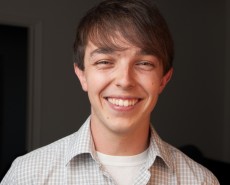 Alex Randall, Director of Operations at BloomBoard
Alex Randall, Director of Operations at BloomBoard
Alex aims to bring arts and business communities together to celebrate the artists in all of us. He’s lived a tech/art double life for the last nine years, starting at Harvey Mudd College in Claremont, CA, where he earned an engineering degree while dancing and acting on the side. Since graduating in 2010, Alex has worked for two education technology companies (one in Houston, on in SF), managing teams in business analysis, recruitment, account management, and customer service. In his evenings and weekends, he has performed with dance and theater companies, organized festivals (included the 2012 and 2013 Houston Fringe Festivals), covered dance for an arts publication, and volunteered with a number of art organizations (including Houston’s Business Volunteers for the Arts program and SF’s SAFEhouse for the Performing Arts). When he’s not busy with work or the performing arts, Alex enjoys creative writing and driving to the coast.
Delving into Dance with AXIS’s Judith Smith is part of the series The Heart of It: Stories from Leaders in the Bay Area Arts Community, an EAP MADE Project. Learn more about the series by visiting the MADE page in our website.
